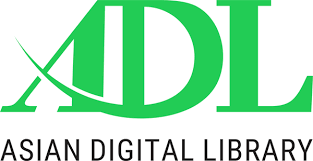Outcome of The Endoscopic Repair in Groin Hernias: An Experience of 100 Total Extraperitoneal (Tep) Repairs in Terms of Operative Time, Hospital Stay & Post Operative Pain
Keywords:
Total extra peritoneal, Mesh hernioplastyAbstract
Background: Groin hernia surgery is the most commonly performed surgery done by surgeons all over the globe.. Although many different techniques are practiced for this but still there is no consensus on the most suitable technique., Recurrences and chronic pain postoperatively is the most common complication in inguinal hernia repair after Lichtenstein's technique. To reduce postoperative chronic pain, the use of total extra peritoneal placed mesh has been suggested. Materials and Methods: This study included 100 consecutive inguinal hernia repairs were done by using the Total Extraperitoneal (TEP) technique between April 2014 and October 2015. The, primary endpoint was the early recurrence and the secondary endpoints were the operative time, hospital stay and postoperative pain on 4 weeks follow-up after surgery. Results: All of the 100 Patients were male with the average age of 42.50, SD ±15.94 years. Early recurrence was noted in only 10 patients (10%) who were assessed clinically at the follow up of the patient at 4th week post-operatively. Mean hospital stay in all the patients post-operatively was found to be as 1.267 days SD ±0.225. Mean operative time of the TEP procedure was found to be 46.68, SD ±10.60 while the mean VAS score at 4th week postoperatively was noted as 3.72, SD ±1.478. Conclusions:The Laparoscopic Total extra peritoneal mesh repair (TEP) is safe, feasible and effective technique. With this approach, there is reduced early recurrence, operative time, less pain in the postoperative period and the hospital stay.
Downloads
Published
How to Cite
Issue
Section
License
The Journal of Fatima Jinnah Medical University follows the Attribution Creative Commons-Non commercial (CC BY-NC) license which allows the users to copy and redistribute the material in any medium or format, remix, transform and build upon the material. The users must give credit to the source and indicate, provide a link to the license, and indicate if changes were made. However, the CC By-NC license restricts the use of material for commercial purposes. For further details about the license please check the Creative Commons website. The editorial board of JFJMU strives hard for the authenticity and accuracy of the material published in the journal. However, findings and statements are views of the authors and do not necessarily represent views of the Editorial Board.

















